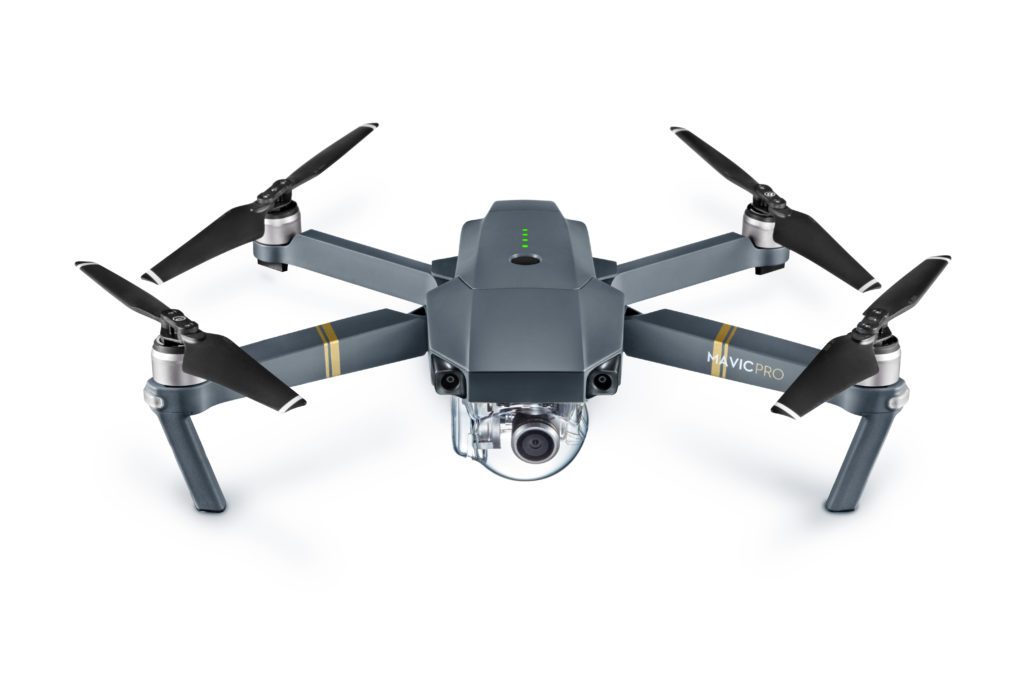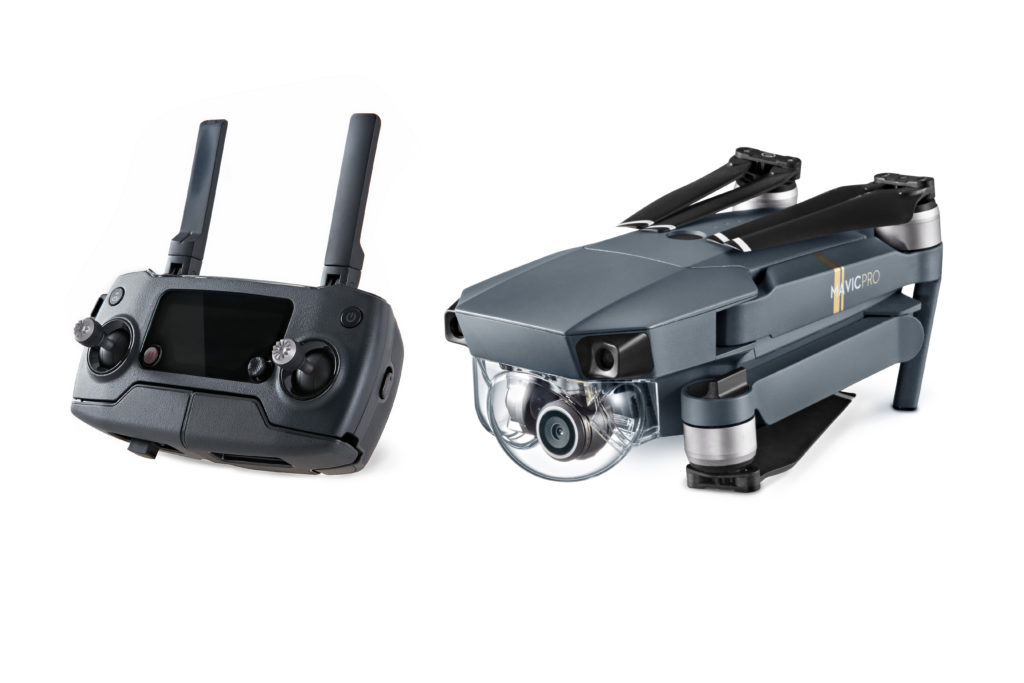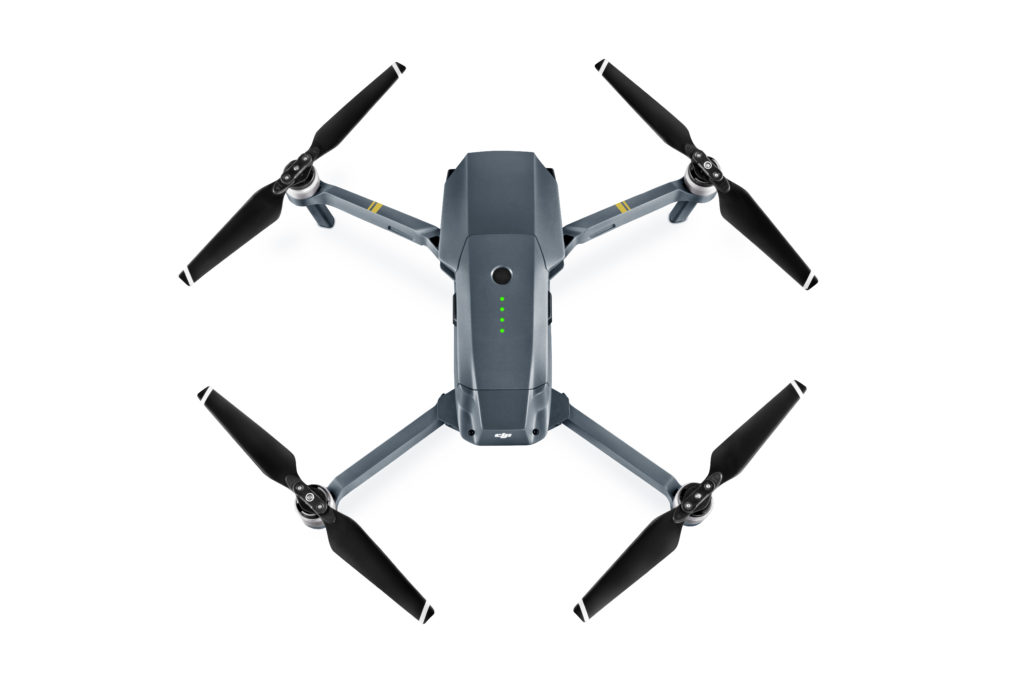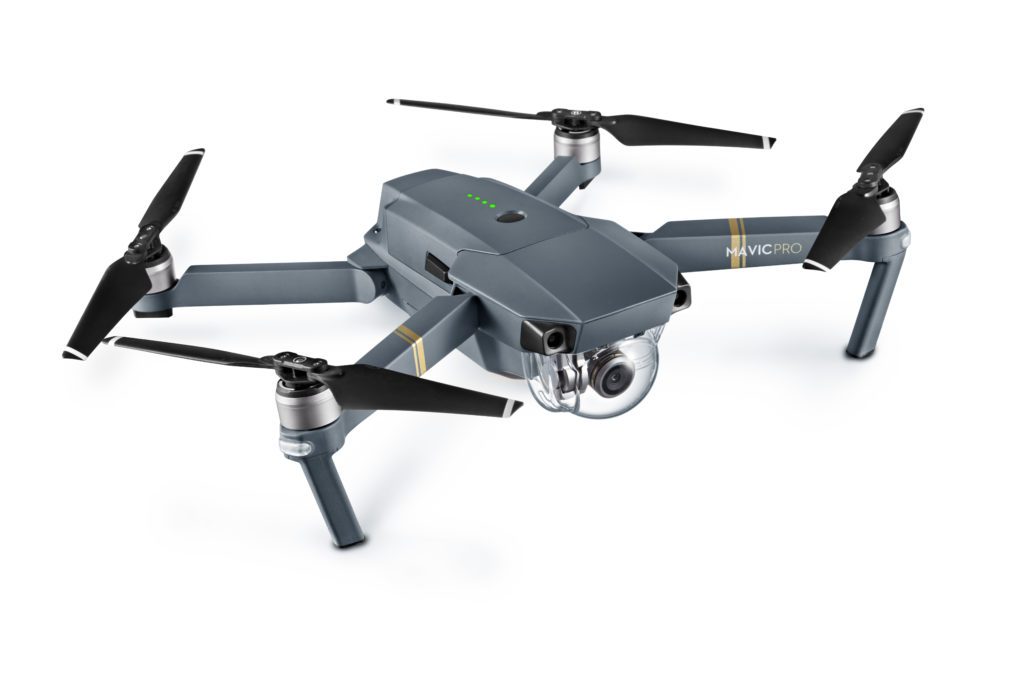After plenty of leaks and mounting speculation, DJI has launched a new portable drone for the enthusiast market: the Mavic Pro. Although rivals Yuneec and GoPro have beaten DJI to the release of new models in recent weeks, it looks like the drone industry’s dominant manufacturer is yet again set to lead the way in aerial photography.

The DJI Mavic Pro – Everything you need to know
First of all, let’s quickly go through the what and the how. DJI’s Mavic Pro is the company’s attempt at dominating the emerging market of mid-tier drones for photography enthusiasts that want an easy way to capture their most exciting moments. From skiing down a mountain to climbing up one, many extreme sports fans want their own personal eye in the sky to record the event from every possible angle.
DJI’s offering to this growing group of drone users is the Mavic Pro, and this is why, if you happen to be in that group, you’re going to want one. First of all, the Mavic Pro is foldable. Its four folding arms and propellers tuck into its body, so it can be easily carried in a backpack. The whole point is that it’s not supposed to take much effort, so it can be completely controlled from a smartphone, and set up and flying in less than a minute after calibration.

Second, DJI has managed to pack in some powerful features into its foldable drone. The new Intelligent Flight Battery offers a highly respectable 27 minutes of flight time, a three-axis gimbal gives super-steady photos and videos, and the Mavic Pro has a huge 4.3-mile range with 4K video recording and streaming to social media through the DJI Go app.
Crucially, the Mavic Pro comes with an advanced obstacle avoidance system similar to that of the flagship Phantom 4. DJI’s continued commitment to obstacle avoidance comes in the shape of what the company calls its ‘FlightAutonomy guidance system’, which combines “dual-band satellite navigation, sensors, ultrasonic range finders, five vision-positioning cameras and deep learning processors for intelligent flying modes.”
DJI has spent a decade making it easier for anyone to fly, and by rethinking everything about how a drone looks, we have created an entirely new type of aerial platform for anyone to explore their creativity. Mavic Pro is a technological triumph filled with features that once again show how DJI leads the industry. Most importantly, Mavic Pro allows you to reach the skies easily, see the world with new eyes and tell your stories like never before.” – Frank Wang, DJI’s CEO and founder.
As well as being flexible in terms of transportation, the Mavic Pro is also highly flexible in terms of how you want to use it. Extreme sports fans will love the 4K video and 30 fps and full 1080p HD at 96 fps, with a minimum focusing distance of just 19 inches. Its 12-megapixel camera can even be flipped 90 degrees to create a new portrait mode to shoot vertical photos and videos.
The Mavic Pro comes with an updated version of DJI’s ActiveTrack technology, which means that pilots can put the controller down and concentrate on looking awesome. The Mavic Pro has been programmed to recognize common subjects, such as people, bicyclists, cars, boats and animals. The drone can then follow behind, lead in front, track alongside or circle the subject.

The DJI Mavic Pro also comes with a built-in Terrain Follow feature, allowing it to race up a slope behind a subject while remaining at a constant height above the ground. Clever.
For the drone flying purists out there, the Mavic Pro can be switched to Sport Mode and flown with the controller. You can reach speeds of up to 40 mph, with increased agility and responsiveness for an almost racing-like experience. Used in conjunction with DJI’s new FPV goggles, this promises to be a lot of fun. At the other extreme, a new mode called ‘Tripod’ lowers the Mavic Pro’s maximum speed to a max of 2.2 mph, giving pilots precision positioning for photography, while also making flying indoors or confined areas a whole lot easier.

Perhaps the features that separate this from other sports drones we have seen relate to safety in flight. Five sensor cameras form a collision avoidance system to help prevent forward-facing collisions in flight, while downward-facing sensors and barometric readings detect rising slopes and the ground beneath the drone, automatically keeping it from flying too low. Other safety systems include a return to launch location function, which kicks in if the drone loses contact with the controller or reaches a low battery level. If the pilot lets go of the controls for any reason, the Mavic Pro will hover in place until it receives further instructions.

DJI say that the new drone is stable in winds of up to 24 mph, while the company’s Geofencing technology identifies restricted areas and allows pilots to make better decisions about where and when to fly.
How much will the DJI Mavic Pro cost?
The retail price for the Mavic Pro is set at $749 – if you want it with an RC you’ll have to pay $999. Extra batteries cost $89 each. A special ‘Fly More Combo’, which includes a Mavic Pro, an RC, two extra Intelligent Flight Batteries, extra propellers, a charging hub, an adapter, a car charger and a shoulder bag, will be available for $1,299.
The DJI Mavic Pro is available for pre-order right now on the DJI website, and shipping is due to start halfway through October. DJI’s relationship with Apple is also set to continue, and the Mavic Pro will be available in Apple Stores in early November.
Malek Murison is a freelance writer and editor with a passion for tech trends and innovation. He handles product reviews, major releases and keeps an eye on the enthusiast market for DroneLife.
Email Malek
Twitter:@malekmurison
Subscribe to DroneLife here.







[…] more drone info and prices, check out Dronelife or […]